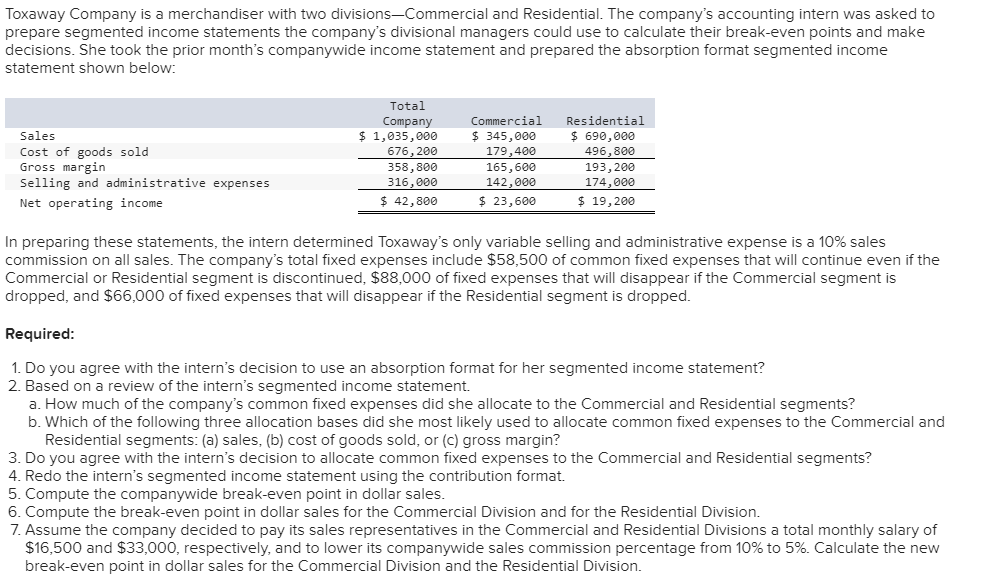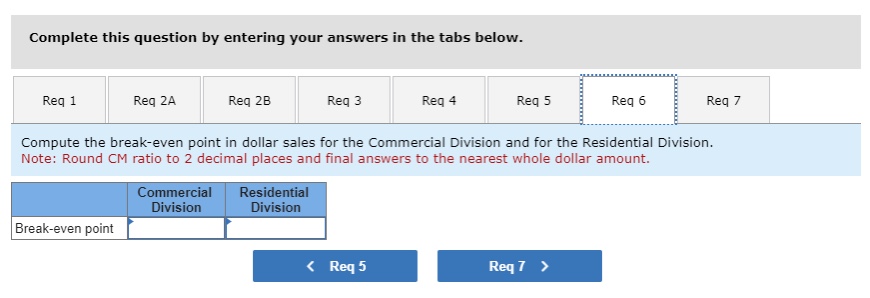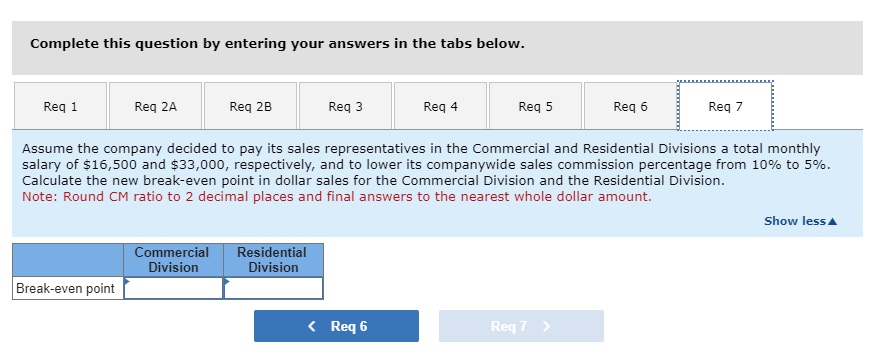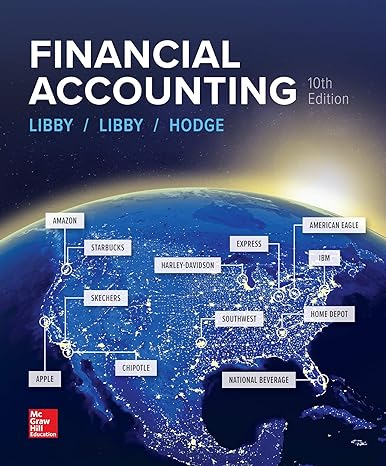




Toxaway Company is a merchandiser with two divisions_Commercial and Residential. The company's accounting intern was asked to prepare segmented income statements the company's divisional managers could use to calculate their break-even points and make decisions. She took the prior month's companywide income statement and prepared the absorption format segmented income statement shown below: In preparing these statements, the intern determined Toxaway's only variable selling and administrative expense is a 10% sales commission on all sales. The company's total fixed expenses include $58,500 of common fixed expenses that will continue even if the Commercial or Residential segment is discontinued, $88,000 of fixed expenses that will disappear if the Commercial segment is dropped, and $66,000 of fixed expenses that will disappear if the Residential segment is dropped. Required: 1. Do you agree with the intern's decision to use an absorption format for her segmented income statement? 2. Based on a review of the intern's segmented income statement. a. How much of the company's common fixed expenses did she allocate to the Commercial and Residential segments? b. Which of the following three allocation bases did she most likely used to allocate common fixed expenses to the Commercial and Residential segments: (a) sales, (b) cost of goods sold, or (c) gross margin? 3. Do you agree with the intern's decision to allocate common fixed expenses to the Commercial and Residential segments? 4. Redo the intern's segmented income statement using the contribution format. 5. Compute the companywide break-even point in dollar sales. 6. Compute the break-even point in dollar sales for the Commercial Division and for the Residential Division. 7. Assume the company decided to pay its sales representatives in the Commercial and Residential Divisions a total monthly salary of $16,500 and $33,000, respectively, and to lower its companywide sales commission percentage from 10% to 5%. Calculate the new break-even point in dollar sales for the Commercial Division and the Residential Division. Complete this question by entering your answers in the tabs below. Based on a review of the intern's segmented income statement, how much of the company's common fixed expenses did she allocate to the Commercial and Residential segments? Complete this question by entering your answers in the tabs below. Redo the intern's segmented income statement using the contribution format. Complete this question by entering your answers in the tabs below. Compute the break-even point in dollar sales for the Commercial Division and for the Residential Division. Note: Round CM ratio to 2 decimal places and final answers to the nearest whole dollar amount. Complete this question by entering your answers in the tabs below. Assume the company decided to pay its sales representatives in the Commercial and Residential Divisions a total monthly salary of $16,500 and $33,000, respectively, and to lower its companywide sales commission percentage from 10% to 5%. Calculate the new break-even point in dollar sales for the Commercial Division and the Residential Division. Note: Round CM ratio to 2 decimal places and final answers to the nearest whole dollar amount











